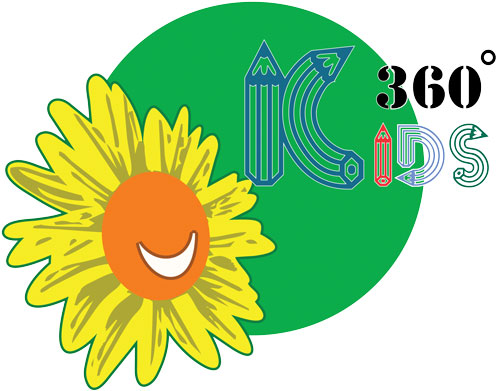Oral Language Development
Oral language is the basis for literacy, thinking, and socialization in any language. All young children need learning experiences that help them understand, acquire, are build on oral language. The foundations of language development and literacy begin to be established at birth and continue to be built through interaction and communication with adults and other children at home, in child care, in the community, and at school. To foster the language development necessary for literacy, our playschool program is rich in language-oriented activities and resources that build on prior knowledge, that are relevant to the lives of young children, and that provide opportunities for thinking, problem-solving, and experimenting.
Children come to play school with vastly different experiences and levels of exposure to literacy. All children are able to learn and can benefit from classroom experiences that emphasize literacy. On the basis of ongoing assessment and observation, teachers will recognize that some children will require additional support in the form of focused literacy instruction and experiences to develop literacy. It is important that teachers make adjustments to instructional strategies where necessary, and maintain high learning expectations for all children.
Development of Reading and Writing
Learning to read and write is essential to enable a child to succeed in school and in later life. Teachers at 360° Kids Play School are familiar with the stages in the process of learning to read and write and use their knowledge while planning literacy programs and when assessing children’s acquisition of literacy skills. In the earliest stages of literacy development, children mimic the reading process. They begin to understand what reading is and how it works. They learn that what they say can be written down. As children progress, they learn to pay attention to the way print and books work, and they learn that printed letters and words represent the sounds and words of oral language. They become aware that some words rhyme or start or end in the same way, thus developing phonological awareness. They also begin to share their ideas and responses to texts in a variety of ways, learn that writing can communicate a message, and begin to explore different purposes for writing. When they begin to write, they include pictures and symbols, and eventually familiar or high-frequency words. They also often use approximate spelling for words that are based on their ability to hear, identify, and manipulate sounds (phonemic awareness) and on their knowledge of letter-sound correspondence (phonics).
Learning Through Explicit Instruction
In the 360° Kids Play School’s classroom, teachers provide clear, direct, purposeful teaching and modelling of specific concepts, skills, and strategies in a variety of settings, including large and small groups and individual activity. In explicit instruction, the teacher explains what a strategy is, why it is used, and when to use it; models how to use it; and guides children as they practise it. For example, in teaching children a beginning reading strategy, such as matching voice to print, the teacher identifies the strategy and models it during modelled reading, providing students with maximum support. Gradually the teacher invites children to apply their new learning during shared reading in large or small groups and guides children in using voice-to-print matching as they interact with such texts as signs, labels, or independent-reading texts in small groups or independently at learning centres.

